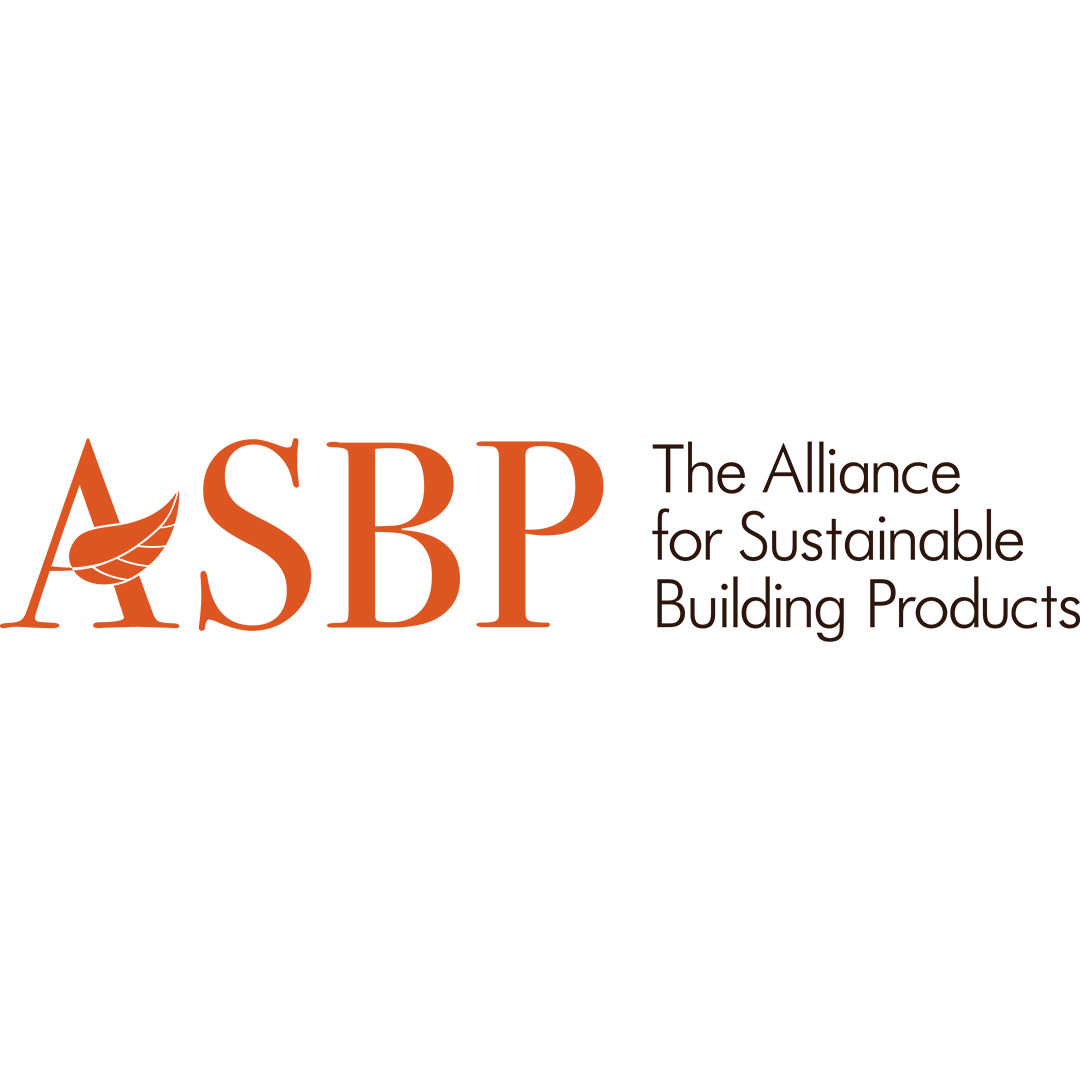The Alliance for Sustainable Building Products Limited

Project
E-TRACS: Embedding TRACeability in manufacturing construction Steel to aid reuse
URL
About the project
Steelmaking is highly energy-intensive and accounts for around 7% of global CO2 emissions, and 14% of industrial CO2/GHG emissions in the UK, equivalent to 2% of total UK emissions (UK-Parliament Postnote no.672, 2022).
The UK produced 7.2 million tonnes of steel in 2021 but is a net importer of steel. Construction-industry accounts for 50% of world steel demand (World Steel Association, 2022); the figure is around 35% for the UK. Despite steel’s reuse potential, the construction industry recycles around 91% of its steel waste. This recycling process consumes massive energy (at 15000c, represents one-third of the energy required for new steel) and releases significant amounts of carbon/GHG emissions [Cambridge University Use-Less Group (CUULG), 2020]. Reused steel has been proven to save 95-97% of embodied carbon compared to recycle’s circa 65% (Offsite Hub, 2022) and the CUULG has shown there is potential for up to 75% reuse of construction steel (currently 5%).
Steel is a national strategic asset contributing £2 billion of GVA to the UK economy, and by reusing steel we are safeguarding this asset for future generations and providing resilience for UK supply. Currently, around 80% of scrap steel is exported; with 8.7Mt being sent for recycling in other countries due to the limited capacity to recycle it domestically. Instead, steel could be reused while bringing value locally and reducing the demand for steel production.
However, a key challenge to reuse is material traceability. Construction steel reuse involves multiple steps including recovery from demolition site, reprocessing by fabricators, testing to confirm grade, and CE certification. This is costly and time-consuming when there is no material history hence the prevalence of recycling as it still helps tick the sustainability box. Many studies (e.g., Grau, et al., 2009) have proven that RFID and GPS for traceability reduce the time for locating materials, inventorying and assembly works (saving $273,257 on 2-structures composed of 4800 steel components), the problems of lost product information due to sanding and exposure to harsh weather conditions have made it difficult to put these into practice.
Learning from others like the automotive industry, this project aims to conduct a feasibility study on finding the most suitable solution to tracing/tracking construction steel during production that will stand the test of time. Initial explorations will include identifying suitable steel for tracking; suitable trace/track system technologies; databases to host material history data; mobile app scan technologies; and machine-learning image recognition technologies.

